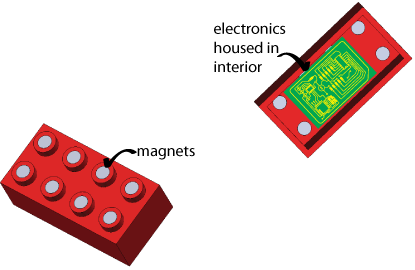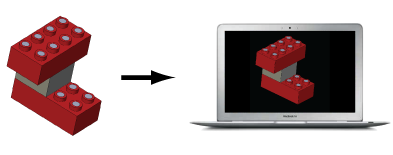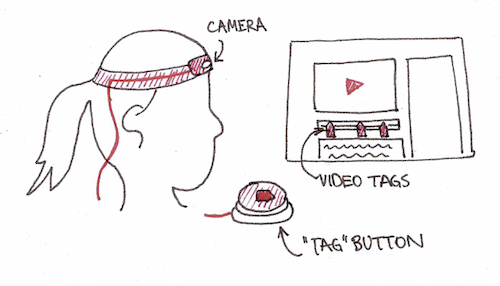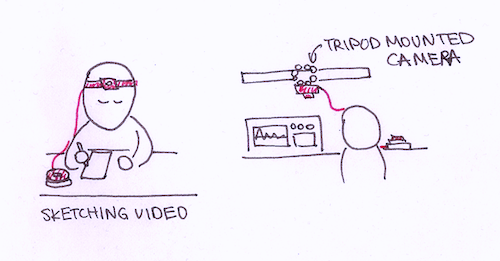HOW TO MAKE (ALMOST) ANYTHING
TIFFANY TSENG - FALL 2011
project proposal
laser cutting
pcbs
shopbot
molding & casting
microcontrollers
3D scanning
input devices
output devices
interfaces
project update
networking
final project
| 01 // FINAL PROJECT PROPOSAL |
My research interests revolve around building better tools for designers (particularly children) to document and share tangible design work. While design documentation is relatively easy to do with digital designs (e.g. code, graphics, etc.), documenting tangible designs is still a challenge for several reasons:
For my final project in HTMA, I want to build one of two things: SELF DOCUMENTING LEGOS
These “smart” LEGO bricks can sense their connections to other bricks and document designs in the form of a virtual CAD model. I would like to be able to build off of existing LEGO bricks by embedding each LEGO “pin” with a magnet. Each pin would be assigned a unique ID number for sensing, while each type of brick has its own separate ID number.
I’d like to complete the hardware in HTMAA so that I can use the kit for testing with kids and for developing appropriate features of a digital library of sharable LEGO designs. DESIGNER'S AUTO-DOCUMENTATION CAMERA This camera would enable a designer to continually capture their workspace as they’re creating a design and would also feature a tool for automatically tagging important parts of a video while it’s being captured. This would then make it easier for the person to add any descriptive text later on (rather than searching through the video for the right time). For example, if you're filming a video tutorial of how to user a laser cutter, you can mark important parts of the video while you're filming, e.g. setting the power and speed settings, selecting your material, turning on the exhaust air, etc. Then when you upload the video, the important sections are marked for you for easy annotation and post-processing.
The camera could be mounted to someone’s forehead using a sweatband or cap, and it would be directly connected to a tactile button that the designer would press to tag a part of the video. When the designer has finished filming the video and uploads the video to his computer, tagged sections will be indicated on the timeline.
Alternatively, the camera may be mounted to a tripod.
|



